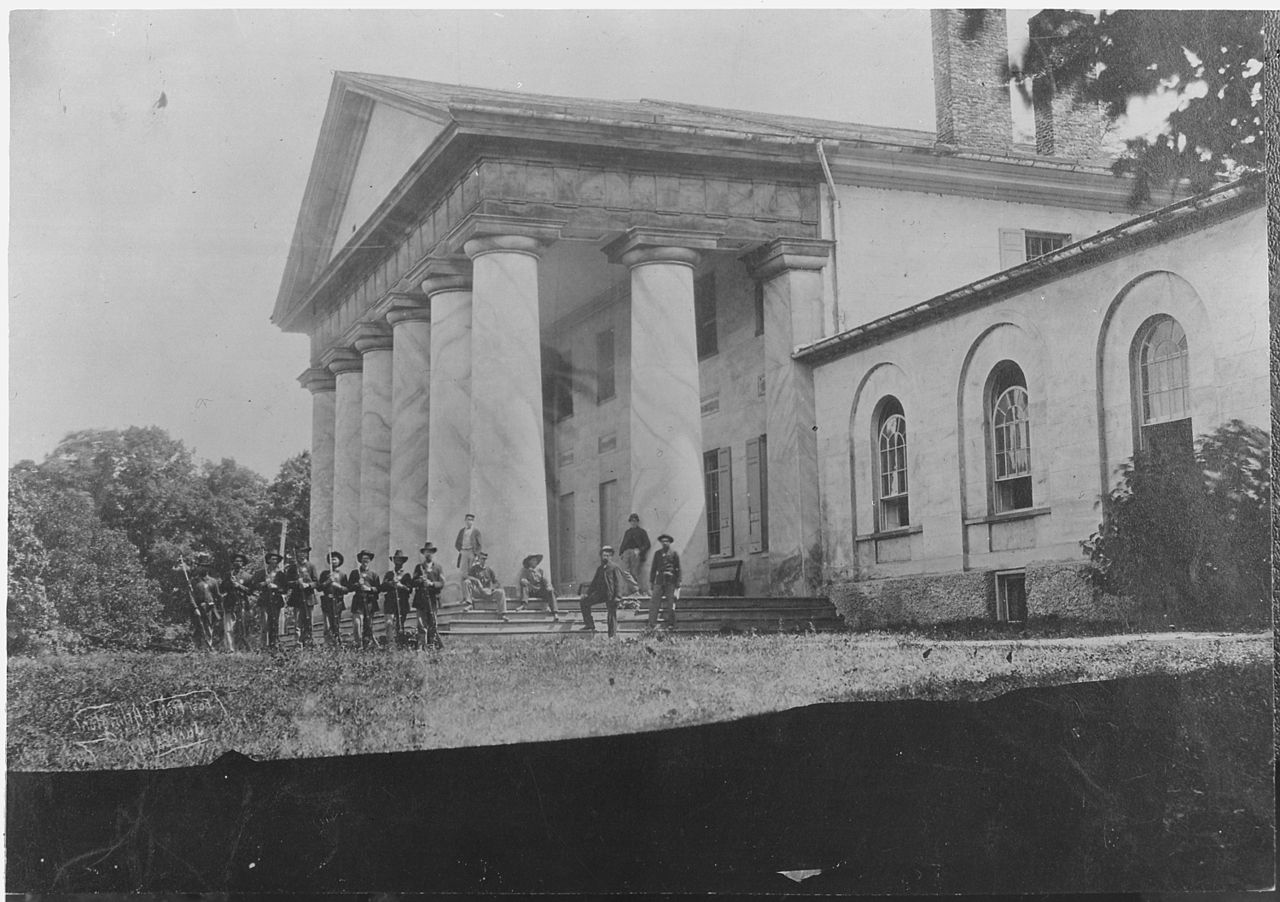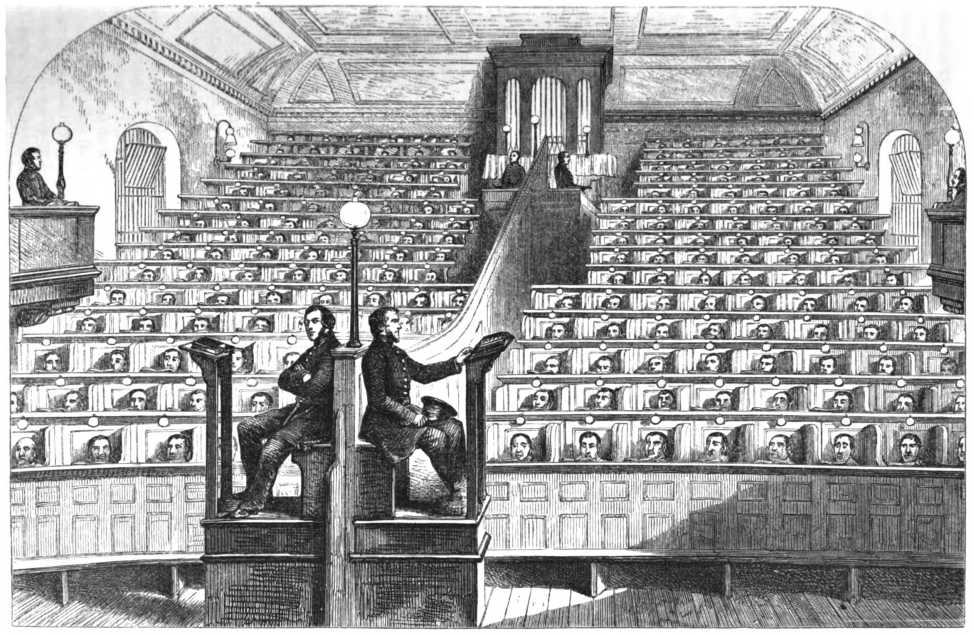
In May 1861, Union troops occupied Arlington House, Robert E. Lee’s mansion overlooking the capital. When Lee’s wife Mary Custis Lee wrote to the army expressing her concern about the house’s safety, she received this reply:
Mrs. R.E. Lee:
MADAM: Having been ordered by the Government to relieve Major-General Sandford in command of this department, I had the honor to receive this morning your letter of to-day, addressed to him at this place.
With respect to the occupation of Arlington by the United States troops, I beg to say it has been done by my predecessor with every regard to the preservation of the place. I am here temporarily in camp on the grounds, preferring this to sleeping in the house, under the circumstances which the painful state of the country places me with respect to its proprietors.
I assure you it has been and will be my earnest endeavor to have all things so ordered that on your return you will find things as little disturbed as possible. In this I have the hearty concurrence of the courteous, kind-hearted gentleman in the immediate command of the troops quartered here, and who lives in the lower part of the house to insure its being respected.
Everything has been done as you desired with respect to your servants, and your wishes, as far as they are known or could be anticipated, have been complied with. When you desire to return, every facility will be given you for so doing.
I trust, madam, you will not consider it an intrusion if I say I have the most sincere sympathy for your distress, and that, as far as is compatible with my duty, I shall always be ready to do whatever may alleviate it.
I have the honor to be, very respectfully, your most obedient servant,
Irvin McDowell
P.S. — I am informed it was the order of the General-in-Chief, if the troops on coming here found the family in the house, that no one should enter it, but that a guard should be placed for its protection.
The Union troops erected tents, dug latrines, and felled trees on the 1,100-acre plantation, but they left the house relatively untouched.








